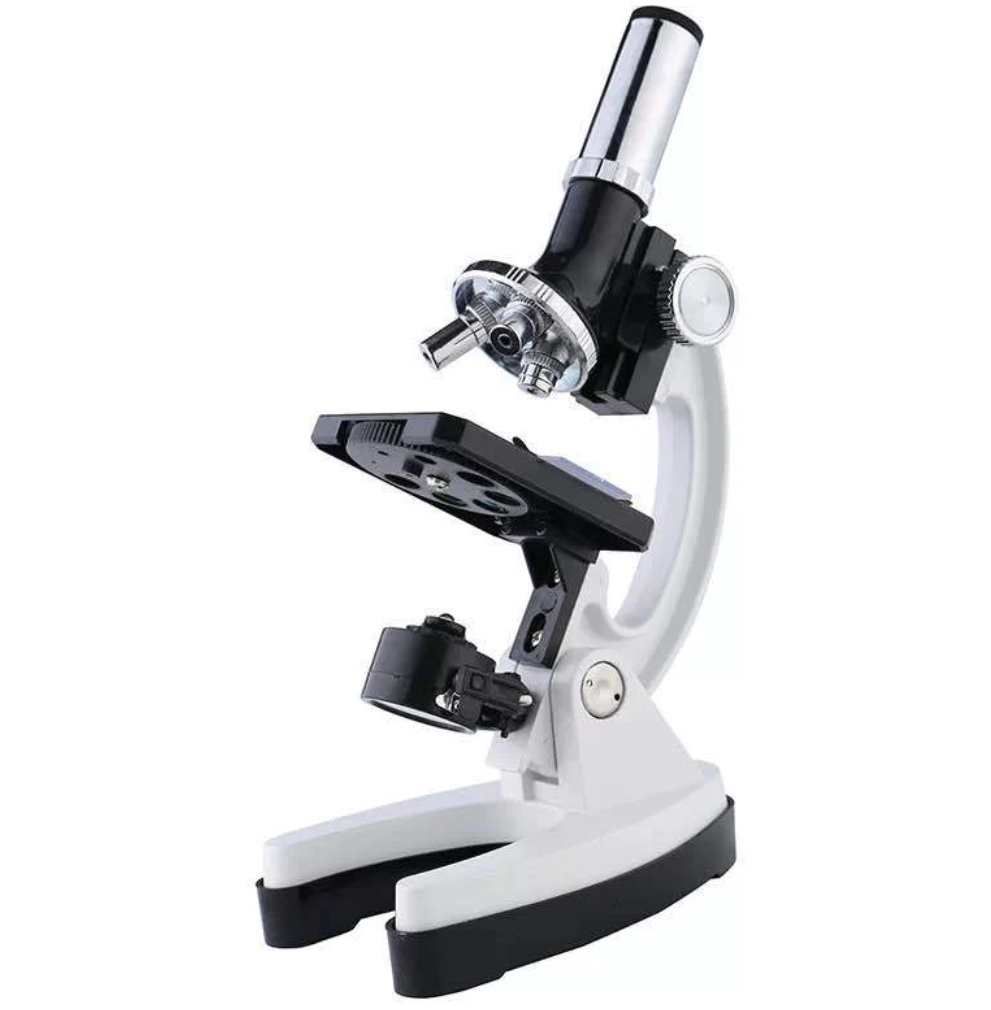List of scientific instruments and their common uses
Dear science enthusiasts! There is a wide range of scientific instruments, each designed for specific purposes in various scientific fields. Here is a list of scientific instruments and their common uses:
1. Microscope:
- Use: Examining small objects or organisms at a microscopic level.
2. Telescope:
- Use: Observing distant celestial objects, stars, planets, and galaxies.
3. Spectrophotometer:
- Use: Analyzing the absorption and emission of light by substances, commonly used in chemistry and biochemistry.
4. Centrifuge:
- Use: Separating components of a mixture based on their density, often used in biology and chemistry.
5. Thermometer:
- Use: Measuring temperature in various scientific applications.
6. Barometer:
- Use: Measuring atmospheric pressure, important in meteorology.
7. Mass Spectrometer:
- Use: Analyzing the mass-to-charge ratio of charged particles, commonly used in chemistry and biochemistry.
8. Autoclave:
- Use: Sterilizing equipment and materials in microbiology and medical research.
9. Geiger-Muller Counter:
- Use: Detecting ionizing radiation, commonly used in nuclear physics and radiology.
10. Chromatograph (Gas Chromatograph, Liquid Chromatograph):
- Use: Separating and analyzing components of a mixture, widely used in chemistry and biochemistry.
11. Oscilloscope:
- Use: Displaying and analyzing electronic signals in various fields, including physics and engineering.
12. DNA Sequencer:
- Use: Determining the sequence of nucleotides in DNA, important in molecular biology and genetics.
13. pH Meter:
- Use: Measuring the acidity or alkalinity of a solution, commonly used in chemistry and biology.
14. Fume Hood:
- Use: Providing a controlled environment for working with hazardous or volatile substances in laboratories.
15. Electron Microscope:
- Use: Examining objects at a very high magnification using electron beams, providing detailed images of structures.
16. NMR Spectrometer (Nuclear Magnetic Resonance):
- Use: Analyzing the nuclear magnetic properties of atoms, commonly used in chemistry and biochemistry.
17. X-ray Diffraction Equipment:
- Use: Determining the atomic and molecular structure of a crystal, widely used in materials science and biology.
18. Sonicating Bath:
- Use: Applying ultrasonic waves for tasks such as cleaning, emulsifying, and degassing liquids.
19. Infrared Spectrometer:
- Use: Analyzing the absorption of infrared radiation by substances, used in chemistry and material science.
20. Incubator:
- Use: Providing a controlled environment for the cultivation of microorganisms and cell cultures.
This list contains only few instruments name and their use. There are numerous specialized instruments designed for specific scientific disciplines and research areas. Additionally, advancements in technology lead to the development of new instruments to enhance scientific exploration and discovery.

